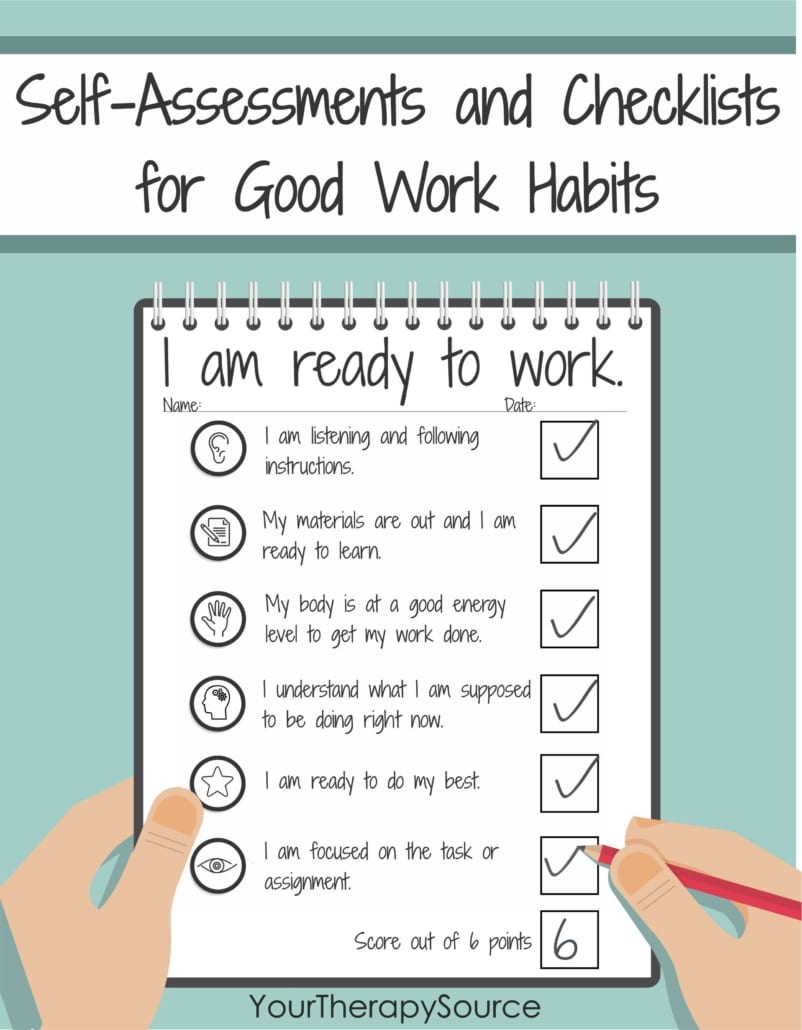Self Check Handwriting FREE Bookmarks

Do you work with students who need a few extra cues to
You can download this for FREE at the bottom of this blog post.
Components of Legible Handwriting
Students can self check their handwriting in the following 5 areas:
- Letters are the correct size and shape.
- Write the letters on the line.
- Handwriting should be neat.
- There is proper spacing between letters.
- There is proper spacing between words.
Practice, Practice, Practice
Legible handwriting requires practice time. Research indicates that interventions that did not include handwriting practice and those that included less than 20 practice sessions were ineffective (Hoy, 2011). Read more on evidence-based research on why students need traditional handwriting practice here.
Reviewing how to self-check your own handwriting is also important. Using the free bookmark, go over the steps with the students. Practice looking over one of the student’s handwriting samples and determine if he or she is self-checking correctly.
Try letting the student be the teacher. Write a handwriting sample with some errors. Have the student check your handwriting sample going through the 5 checkpoints on the free self check handwriting bookmark.
Download your FREE Handwriting Self Check Bookmark
Sign up to receive the weekly email newsletter from Your Therapy Source along with other announcements. You will be redirected to the FREE PDF digital document. If you can not see the sign up box, click on the blue chat box and send us your email.
Resource for Self-Assessment
Do you work with students who struggle to be motivated, engaged, persistent, organized, or self-regulate? These are the skills that students need to achieve success in school. The Self-Assessments and Checklists for Good Work Habits help improve self-regulation skills, maintain classroom expectations, routines, work habits, and behaviors.
References:
Monica M. P. Hoy, Mary Y. Egan, and Katya P. Feder. A Systematic Review of Interventions to Improve Handwriting. Canadian Journal of Occupational Therapy February 2011 78: 13-25, doi:10.2182/cjot.2011.78.1.3





